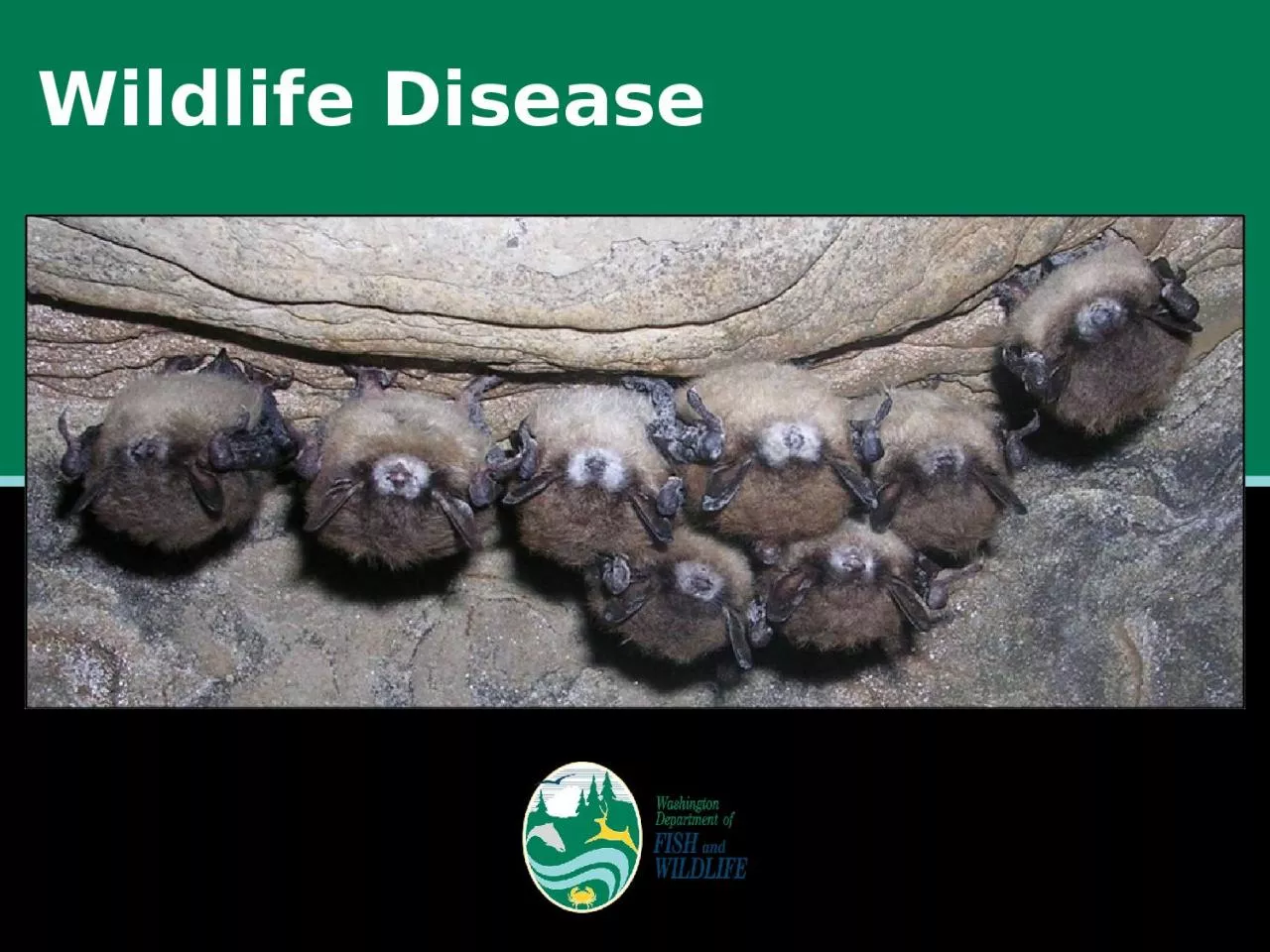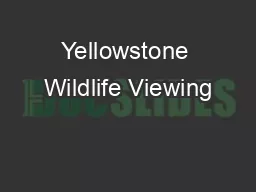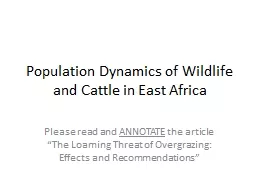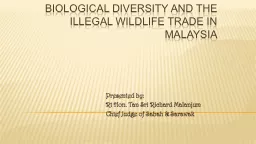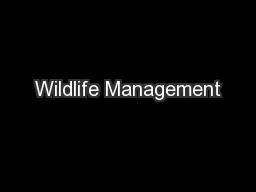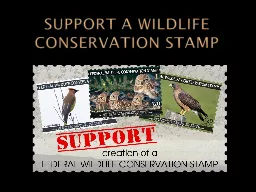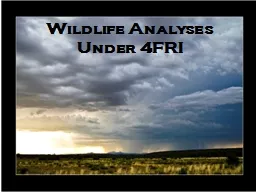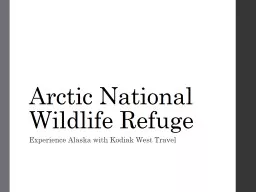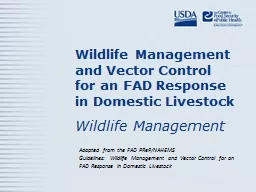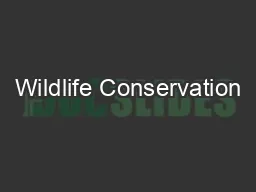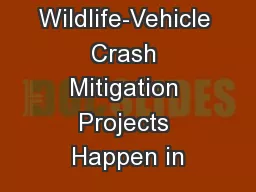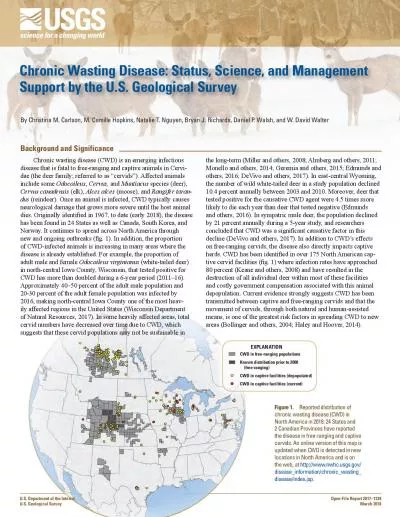PPT-Wildlife Disease What is Wildlife Disease?
Author : daniella | Published Date : 2024-02-02
Disease is the change in the normal function of any part or organ of the body Western Pond Turtle with shell disease which forms deep pitting lesions in the turtles
Presentation Embed Code
Download Presentation
Download Presentation The PPT/PDF document "Wildlife Disease What is Wildlife Disea..." is the property of its rightful owner. Permission is granted to download and print the materials on this website for personal, non-commercial use only, and to display it on your personal computer provided you do not modify the materials and that you retain all copyright notices contained in the materials. By downloading content from our website, you accept the terms of this agreement.
Wildlife Disease What is Wildlife Disease?: Transcript
Download Rules Of Document
"Wildlife Disease What is Wildlife Disease?"The content belongs to its owner. You may download and print it for personal use, without modification, and keep all copyright notices. By downloading, you agree to these terms.
Related Documents

